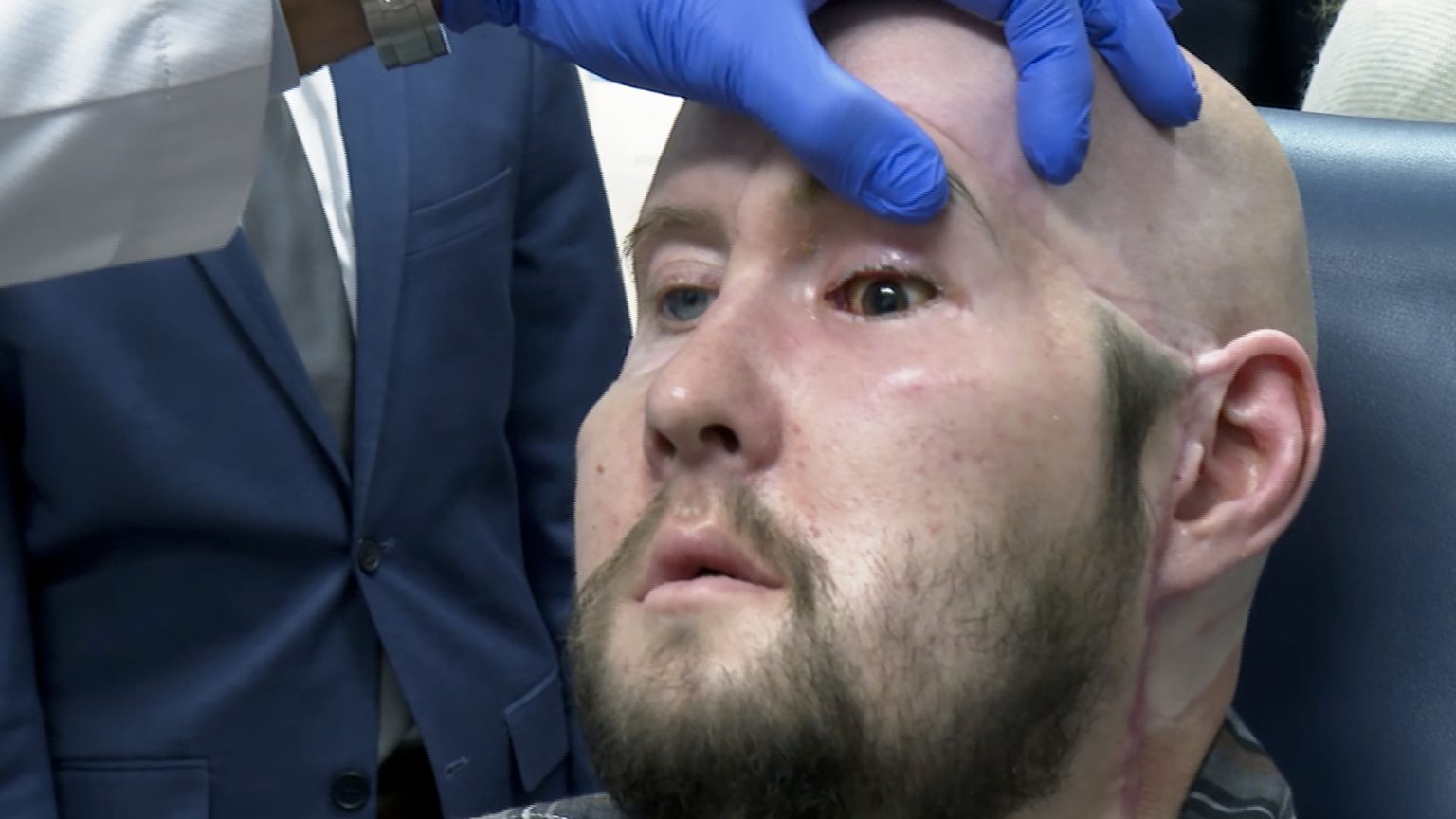In May of 2023, Aaron James, an electrical lineman, underwent a groundbreaking partial face transplant that included an eye. The surgery was successful, with no signs of rejection a year later. However, despite the presence of blood flow to the donated eye, James is unable to see out of it. The nerve connections from the eye have deteriorated, leading to a lack of sensation and the eye’s lid remaining closed. He will need to be on immunosuppression drugs for the rest of his life.
While whole eye transplants have been proposed as a potential solution for blindness, experts point out that there are significant barriers to restoring sight in this manner. One major challenge is the difficulty in renewing nerve connections from retinal cells to the visual processing centers in the brain, as these connections do not typically regenerate after injury. This poses a significant hurdle in successfully restoring vision through eye transplants.
James’s need for the transplant arose from a high-voltage electrical injury in 2021 that resulted in the loss of his left eye, nose, lips, and a substantial amount of facial tissue. The surgery took 21 hours and involved transplanting facial tissue as well as an eye from a deceased donor. Despite the lack of sight in the transplanted eye, James reported experiencing significant improvements in his quality of life at the one-year mark post-surgery, highlighting the potential benefits of such procedures in enhancing patients’ overall well-being.
As the case of Aaron James demonstrates, the field of face transplants, particularly those involving eyes, is still evolving and faces numerous challenges. While the surgery itself can be successful in terms of preventing rejection and ensuring blood flow to the transplanted tissues, the potential for fully restoring vision remains a significant hurdle. However, the advancements in this area offer hope for individuals like James who have experienced severe facial injuries and could greatly benefit from such procedures to improve their quality of life.
Aimee Cunningham, the biomedical writer who covered James’s case, highlights the importance of supporting climate journalism to strengthen environmental literacy and ensure that our response to climate change is informed by science. By subscribing to outlets like Science News and contributing to expanding science literacy, individuals can play a role in enhancing understanding and awareness of critical issues such as climate change and innovative medical advancements like face transplants with eyes. By supporting science communication efforts, we can collectively work towards a more informed, educated, and sustainable future.


